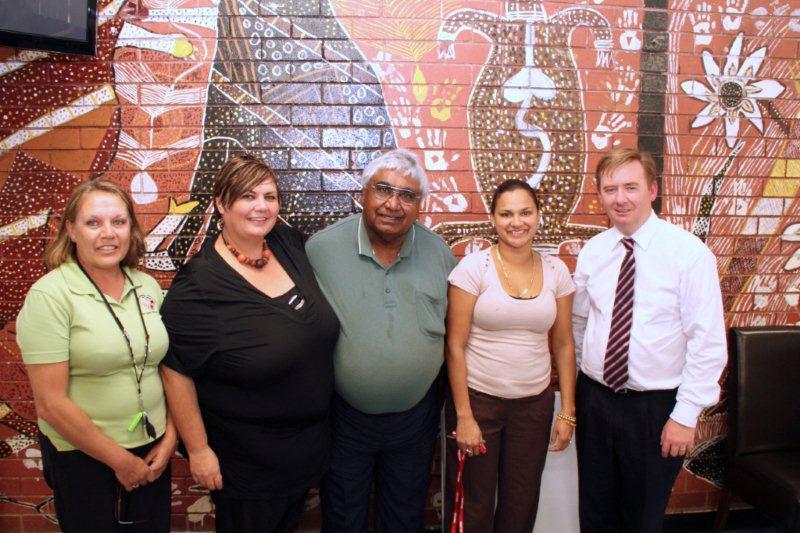It may not surprise you to know that working in Aboriginal health is a really good fit for me. Though I do find it fulfilling and I love the work, I also find it difficult and emotionally draining. Nothing worth doing is easy, though, and there is some research into what makes people stay, and even thrive. One of the pleasures and rejuvenators for me, and I know for many other doctors, is teaching. We have had many very good GP Registrars (doctors doing higher level training for their GP qualification) come through at Tharawal, and as you'll know if you're following this blog, Dr Michael Bonning is our current registrar.
I thought it might be useful to write about, and invite discussion on, getting the most out of an indigenous health attachment.
On the ground
The advice at its simplest can be summed up as "Throw yourself in wholeheartedly!" Michael can't write this (because he's too modest!) but he has managed to do this and then some. Since he started in January, Michael has presented teaching for staff on burns management, for the pre-school on seizures in children. He's restarted the journal club. He's been getting a box of beautiful fruit and vegetables from our community food box program and has been attending Boot Camp. He's been involved in teaching medical students, nursing students and a student physician assistant. As a result of this, he's been invited to meet with the Men's group. It's also worth mentioning that he has been seeing patients, too, and that's because they are comfortable seeing him becuase they've met him outside the consulting room. He's also invited Brian Owler, NSW AMA president to visit, too! He has respect for the nurses, Aboriginal Health Workers, receptionsists, dietician, and all the other non-medical staff. Of course everyone says they have this, but it's from actions that you know - a "high-five" moment with Nikki, one of our nurses as a nasty leg ulcer healed is one of those actions.(Michael is not the first or only registrar who has thrown themselves into many activities in the service, but this is #supertwision and so we get to open up what he does!)
The big picture
There aren't many GPs who work in Aboriginal and Torres Strait Islander Health - 483 in clinical work at the latest count - and so there is a need to ensure future GPs are trained to be able to work well with Aboriginal and Torres Strait Islander people. Some will go on to work in Aboriginal Community Controlled Health Services, but more will become GPs who will see Aboriginal and Torres Strait Islander people as part of their day to day clinical work. This is certainly true in rural areas, but the largest numbers of indigenous people live in urban areas, so this is not exclusively a rural issue.The not-so-secret secret is that if you can do good general practice in an Aboriginal health setting, you can do it anywhere. You can do truly patient centred medicine, you can gain trust with people traditionally underserved by health services. You can engage and listen well to communities. You can consult effectively across cultures. You can handle chronic disease, and particularly complex conditions and co-morbidity. The skills are transferrable to other settings - but only if you are able to immerse yourself in the local community and listen to their wisdom. Which is what makes attachments in Aboriginal health so much fun when you do them. When a community starts to like you as a doctor, they don't let go!
I'd love to hear other people's thoughts and experiences. Post them in the comments below or on Twitter with the #Supertwision hashtag.

No comments:
Post a Comment